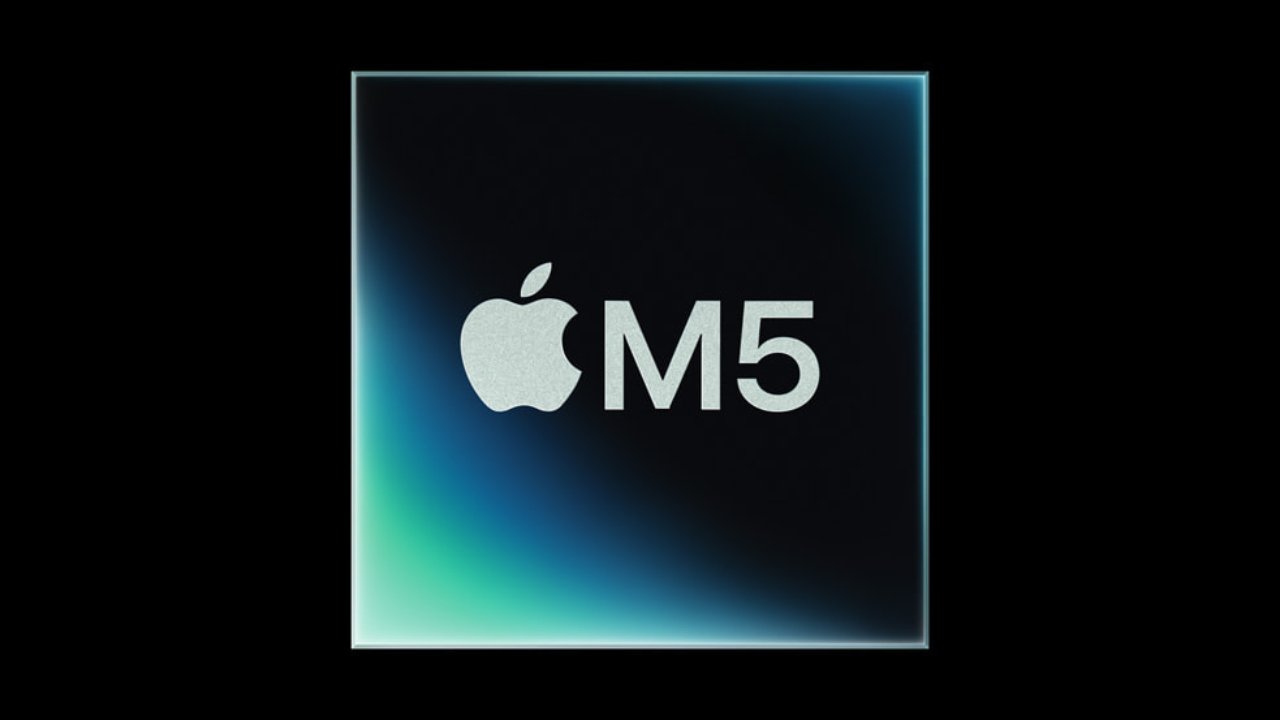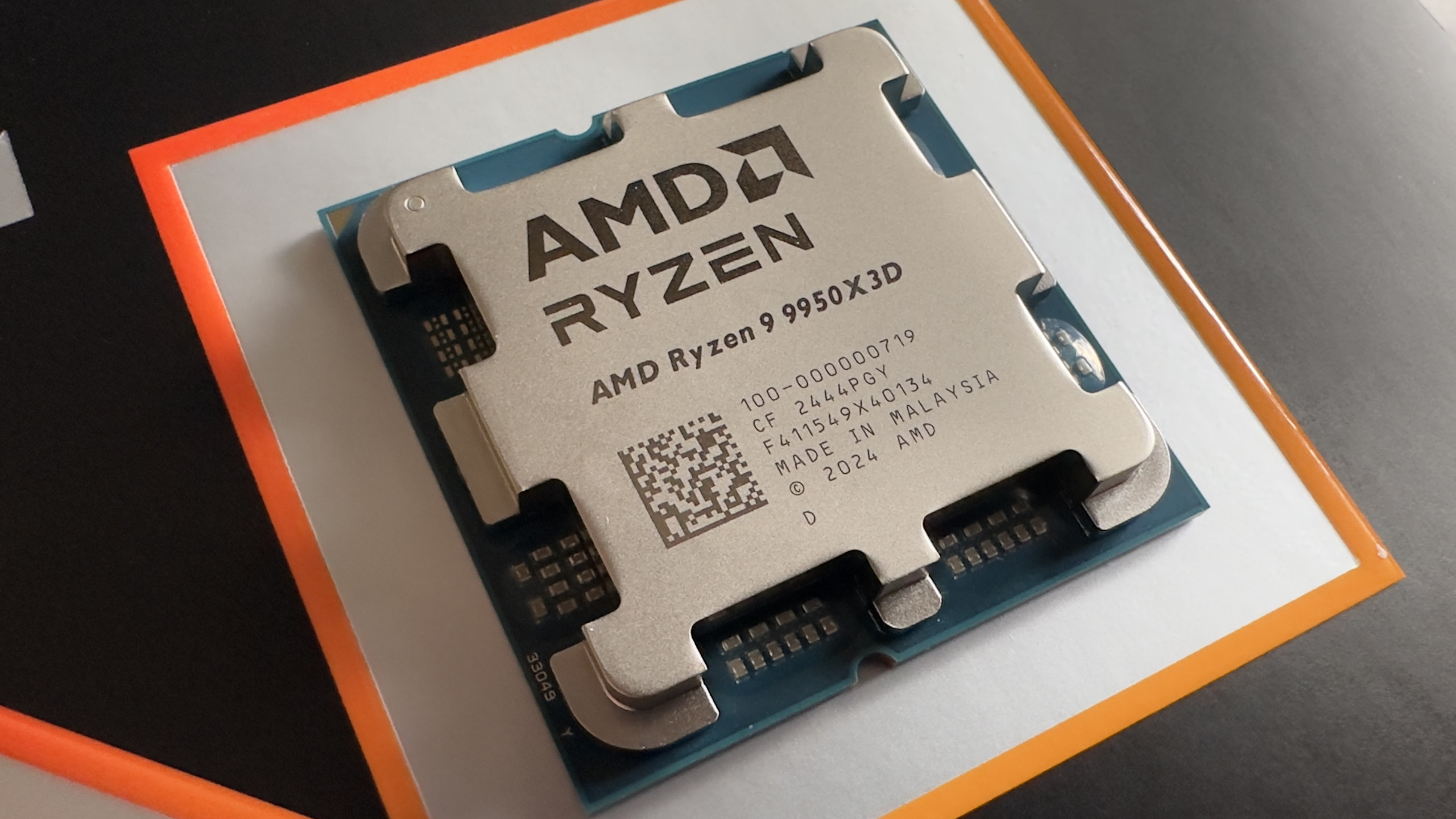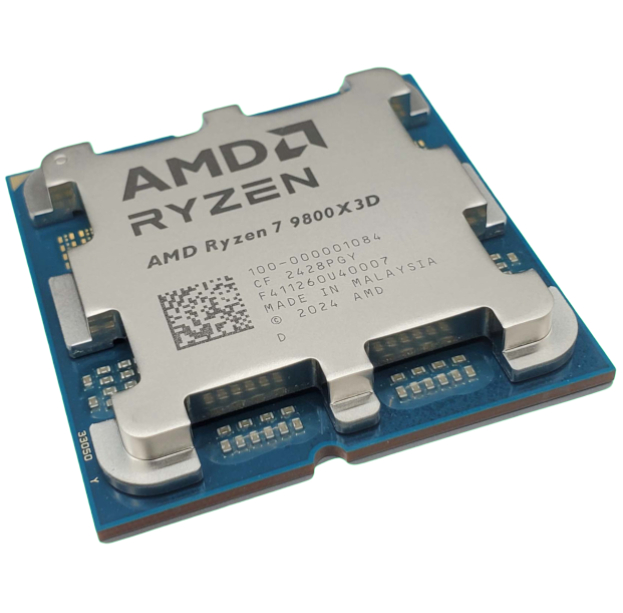Apple announces new M5 chip with double the per-core performance of the M1 and it's got me wondering why AMD and Intel can't keep up with Apple's single-core performance gains
New M5 chip is about twice as fast as the original M1 in raw single-thread benchmarks.

Apple's relentless in-house silicon release schedule continues this week with the announcement of the new M5 chip. And early leaked benchmarks of the chip suggest the new M5 is about twice as fast as the original M1 for single-thread performance. So, the question is, why can't PC CPUs make those kinds of gains?
The immediate context here is the accuracy of the leaked benchmark and the actual performance gains of PC processors over the same time period. So, first off, the leaked numbers look plausible.
That's because the M4 already had very high single-thread performance and the M5 leaked numbers look to have pushed that on 10% to 15% depending on which precise Apple platforms you are comparing.
Now you might dismiss 10% to 15% as your usual generational gain similar to PC chips. And it is. Except Apple is iterating on a nearly annual basis, with the M1 launching in November 2020 and the M5 now with us in late 2025. Intel and AMD tend to take two years to release major new architectures. That more rapid Apple cadence adds up pretty fast as the years tick by.
How fast? To put numbers onto this, the M1 does about 2,200 points in Geekbench 6 single-thread, the M5 is looking like around 4,100. However, that M5 figure is for the M5 in an iPad. The fastest iPad based on M4 is a little over 200 points behind the fastest Mac with an M4. So, add about 200 points for a Mac with the M5 and you have almost exactly a doubling of the M1's score.
Of course, Geekbench is hardly the sole arbiter of CPU performance. But hold that thought, we'll come back to it. First, how does x86 PC processor performance compare over the same period?
Well, it just so happens that AMD released its then-new Ryzen 5000 CPUs in November 2020, exactly the same time as the M1. So, we have the basis for a perfect comparison, at least in terms of time frames.
Keep up to date with the most important stories and the best deals, as picked by the PC Gamer team.
So, what do the numbers show? The Ryzen 9 5950X scores 2,200, again, exactly like the M1 chip. And the latest Ryzen 9 9950X3D? Just 3,400 points, and thus roughly 1,000 points behind what the M5 can crank out.

Intel has if anything been falling behind AMD over the same period, so we hardly need to dig into the details, there. Anyway, you can debate the merits of Geekbench, for sure. But I don't think there's any doubt at all that Apple's single-thread performance has scaled massively better than AMD's. If either AMD or Intel had delivered the kind of gains Apple has, we'd all be losing our minds over it, that's for sure.
In a gaming context, the comparison becomes pretty difficult. Apart from anything else, there are ultimately very few games that are optimised to run on Apple Macs. Meanwhile, back on the PC there are so many other factors deciding gaming performance other than single-thread CPU grunt that the best case scenario is that, on average, you'll probably only see a roughly 50% uptick in frame rates going from a 5950X to a 9950X3D, even with the latter's trick 3D V-Cache bumping up gaming performance.
It is absolutely true that those limitations would apply to Apple CPUs, too, were they slotted into gaming rigs and fully supported by software. So, I'm not going to claim that an M5 chip would suddenly double your frame rates in that context. It wouldn't. But the fact remains, Apple is doing a far, far better job at scaling single-core performance than AMD or Intel. And I'd like to know why.

1. Best overall:
AMD Ryzen 7 9800X3D
2. Best budget:
Intel Core i5 13400F
3. Best mid-range:
AMD Ryzen 7 9700X
4. Best high-end:
AMD Ryzen 9 9950X3D
5. Best AM4 upgrade:
AMD Ryzen 7 5700X3D
6. Best CPU graphics:
AMD Ryzen 7 8700G

Jeremy has been writing about technology and PCs since the 90nm Netburst era (Google it!) and enjoys nothing more than a serious dissertation on the finer points of monitor input lag and overshoot followed by a forensic examination of advanced lithography. Or maybe he just likes machines that go “ping!” He also has a thing for tennis and cars.
You must confirm your public display name before commenting
Please logout and then login again, you will then be prompted to enter your display name.

